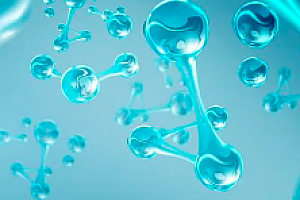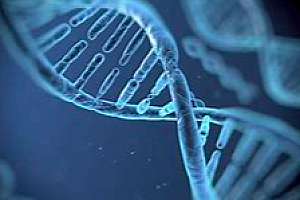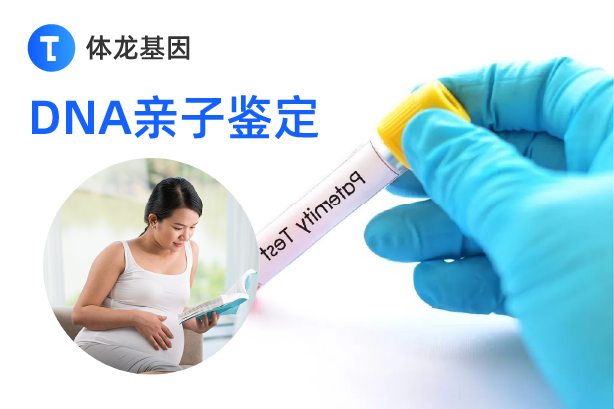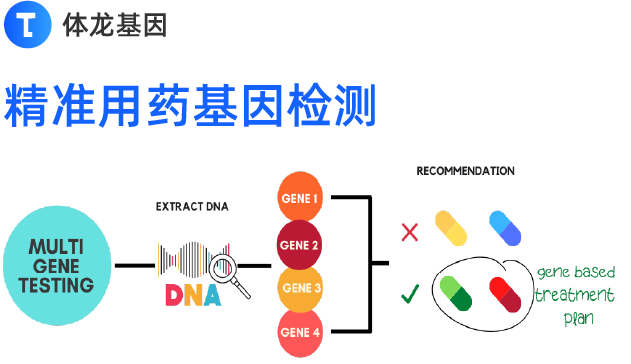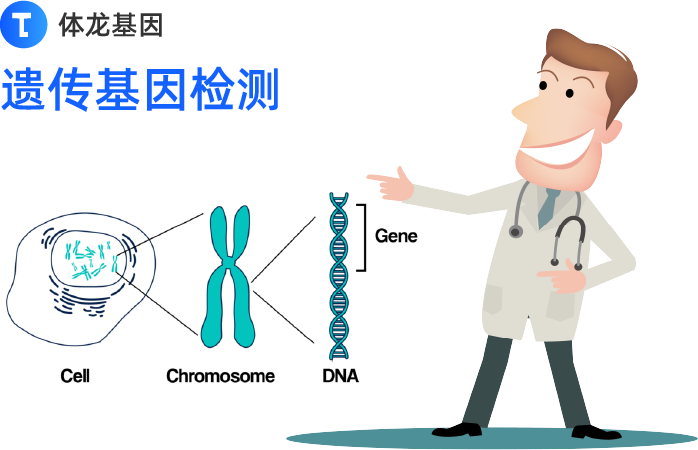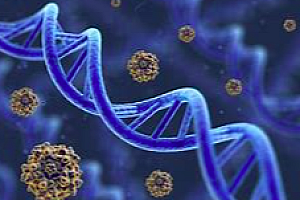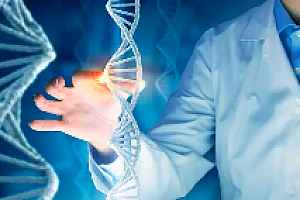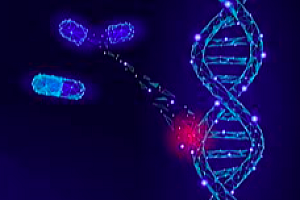从某种程度上来讲,努力修复年龄相关的心脏损伤并且尽力去抵御癌症似乎看起来是相反的问题,机体的心脏细胞具有再生并且自我繁殖的能力,但年轻的细胞始终会衰老,当其慢慢失去其熟练地细胞分裂的能力时,癌细胞就会占据上风,疯狂生长,而癌细胞并不知道什么时候停止。
研究者指出,心脏似乎并不会患癌,而且你上次是什么时候听到某人会患心脏癌?几乎闻所未闻;从进化角度来看这并不奇怪,如果心脏细胞在细胞分裂期间制造严重的转录错误,其就会做出一定努力保证不会出现任何问题,而心脏细胞的增值是一件非常小心的事情。正是因为这种谨小慎微才使得心脏疾病成为难以解决的问题,随着时间流逝,心脏细胞会消耗殆尽,而其修复自身产生新细胞的能力也会变得日益恶化。
当我们机体衰老,经历和年龄相关的心脏疾病时,心脏细胞就会在筋疲力尽地工作,并且不会恰当地分裂产生新的细胞。然而如何平衡细胞老化和癌症风险是一件非常困难的事情,如果利用生物技术是否可行?即利用癌细胞增殖和生存的特性来恢复心脏细胞的精力,促进特殊类型干细胞分化成为新型的心脏细胞,同时还不产生肿瘤。
发表在国际杂志Journal of Biological Chemistry上的一篇研究论文中,研究者表示,一种名为Pim的酶类和特性类型癌症的发展直接相关,而研究者可以使得该酶类在小鼠的心脏祖细胞(cardiac progenitor cells)中过度表达;在健康细胞中Pim可以帮助推动染色体的分裂,编码PIM1酶类产生的基因被认为是一种促癌基因,但从其自身来讲该基因并不会促癌,当其同名为Myc的基因合作时肿瘤才会易于产生。
相比对照而言,机体过度表达PIM1的小鼠生存时间更久,而且其细胞增殖能力较强,更有意思的是,如果研究者使得PIM1在心脏祖细胞核中过度表达,心脏祖细胞就会增加向新细胞的转化;而如果在细胞的不同区域过度表达PIM1,比如线粒体中,研究者就会发现,该酶类会抑制细胞天然的自毁信号,从而促进细胞生存更久。
一种技术可以增强细胞分裂,而另一种则会避免细胞死亡;在人类中依赖于个体不同情况,一种或两种效应都会帮助恢复心脏细胞的年轻健康状态。研究者Sussman说道,当前我们正在寻求资助来进行人类临床试验,以此来获取病人机体自身的心脏祖细胞,通过修饰使得祖细胞可以过度表达PIM1,随后再将修饰后的细胞植入患者心脏中来有望恢复患者心脏组织的年轻状态。
最后研究者说道,我们希望调节心脏细胞的生物钟使其回到最具有再生潜力的时候,通过理解Pim影响这些细胞的机制,我们就可以开发出特异性地Pim分子,使得机体在不患癌的情况下永葆青春。
原文摘要:
Functional Effect of Pim1 Depends upon Intracellular Localization in Human Cardiac Progenitor Cells
Journal of Biological Chemistry doi: 10.1074/jbc.M114.617431
Kaitlen Samse‡, Jacqueline Emathinger‡, Nirmala Hariharan‡, Pearl Quijada‡, Kelli Ilves‡, Mirko Völkers‡, Lucia Ormachea‡, Andrea De La Torre‡, Amabel M. Orogo§, Roberto Alvarez‡, Shabana Din‡, Sadia Mohsin‡, Megan Monsanto‡, Kimberlee M. Fischer‡, Walter P. Dembitsky¶, Åsa B. Gustafsson§1 and Mark A. Sussman‡2
Human cardiac progenitor cells (hCPC) improve heart function after autologous transfer in heart failure patients. Regenerative potential of hCPCs is severely limited with age, requiring genetic modification to enhance therapeutic potential. A legacy of work from our laboratory with Pim1 kinase reveals effects on proliferation, survival, metabolism, and rejuvenation of hCPCs in vitro and in vivo. We demonstrate that subcellular targeting of Pim1 bolsters the distinct cardioprotective effects of this kinase in hCPCs to increase proliferation and survival, and antagonize cellular senescence. Adult hCPCs isolated from patients undergoing left ventricular assist device implantation were engineered to overexpress Pim1 throughout the cell (PimWT) or targeted to either mitochondrial (Mito-Pim1) or nuclear (Nuc-Pim1) compartments. Nuc-Pim1 enhances stem cell youthfulness associated with decreased senescence-associated β-galactosidase activity, preserved telomere length, reduced expression of p16 and p53, and up-regulation of nucleostemin relative to PimWT hCPCs. Alternately, Mito-Pim1 enhances survival by increasing expression of Bcl-2 and Bcl-XL and decreasing cell death after H2O2 treatment, thereby preserving mitochondrial integrity superior to PimWT. Mito-Pim1 increases the proliferation rate by up-regulation of cell cycle modulators Cyclin D, CDK4, and phospho-Rb. Optimal stem cell traits such as proliferation, survival, and increased youthful properties of aged hCPCs are enhanced after targeted Pim1 localization to mitochondrial or nuclear compartments. Targeted Pim1 overexpression in hCPCs allows for selection of the desired phenotypic properties to overcome patient variability and improve specific stem cell characteristics.
(责任编辑:fangqi)




